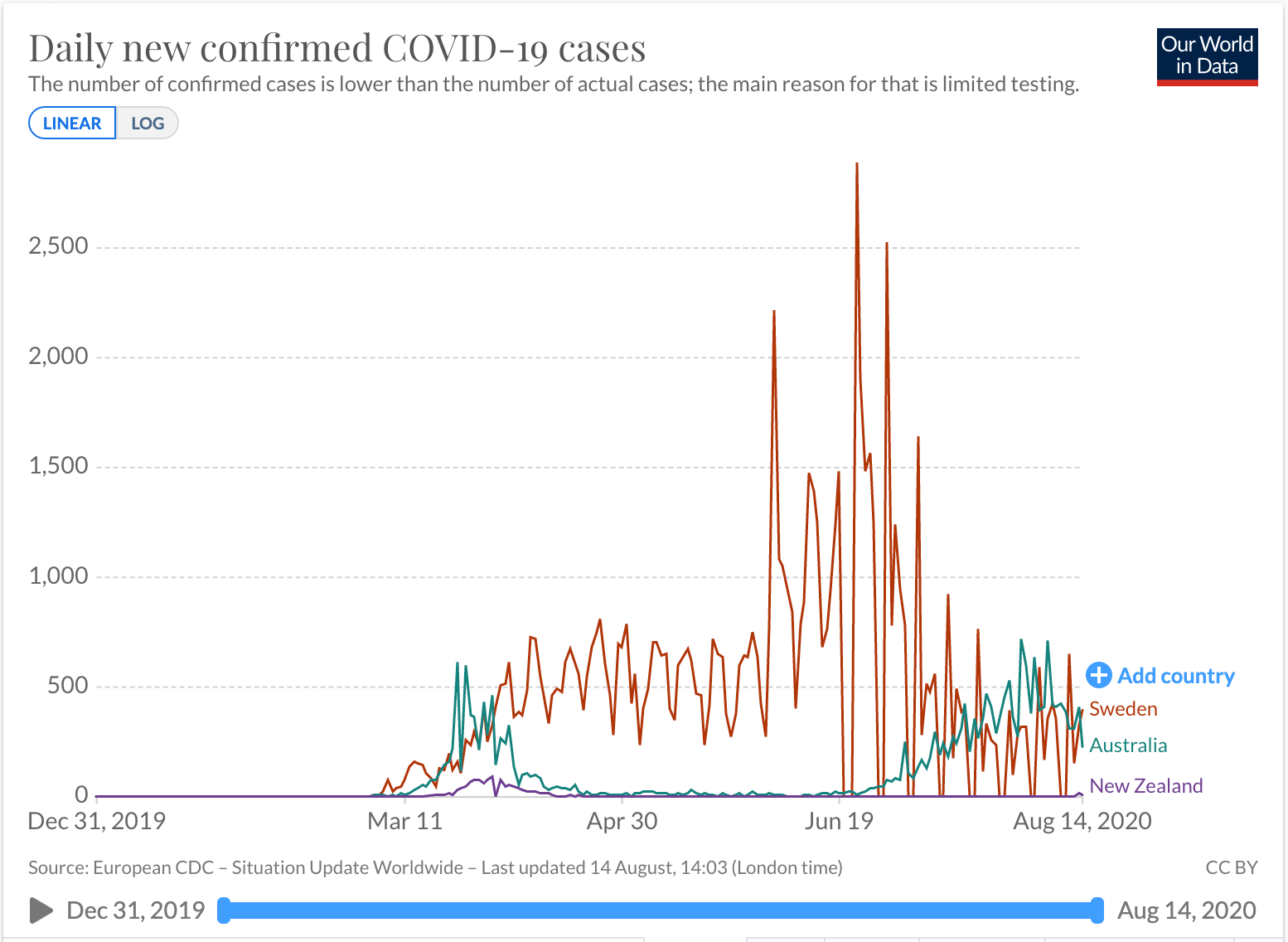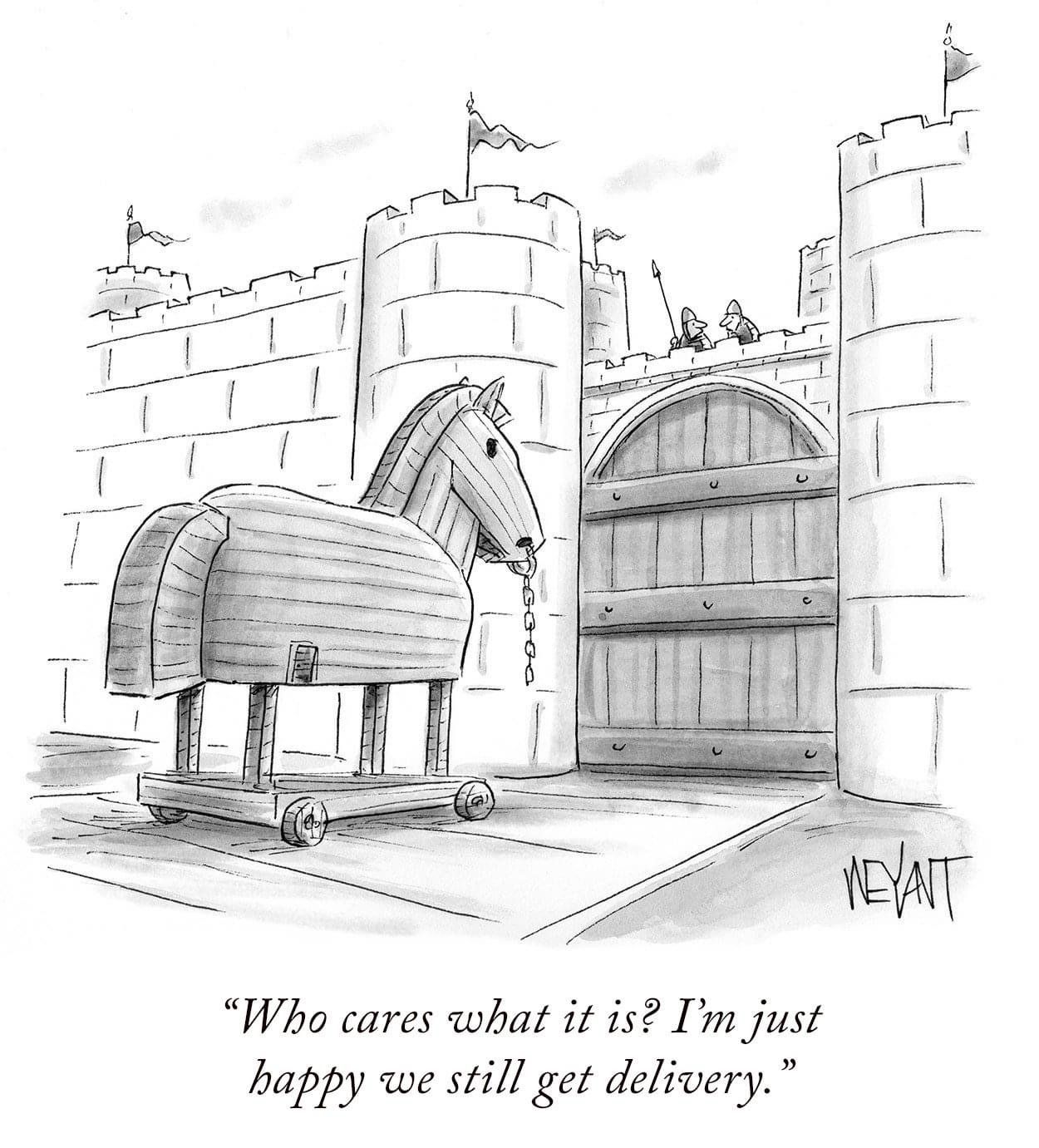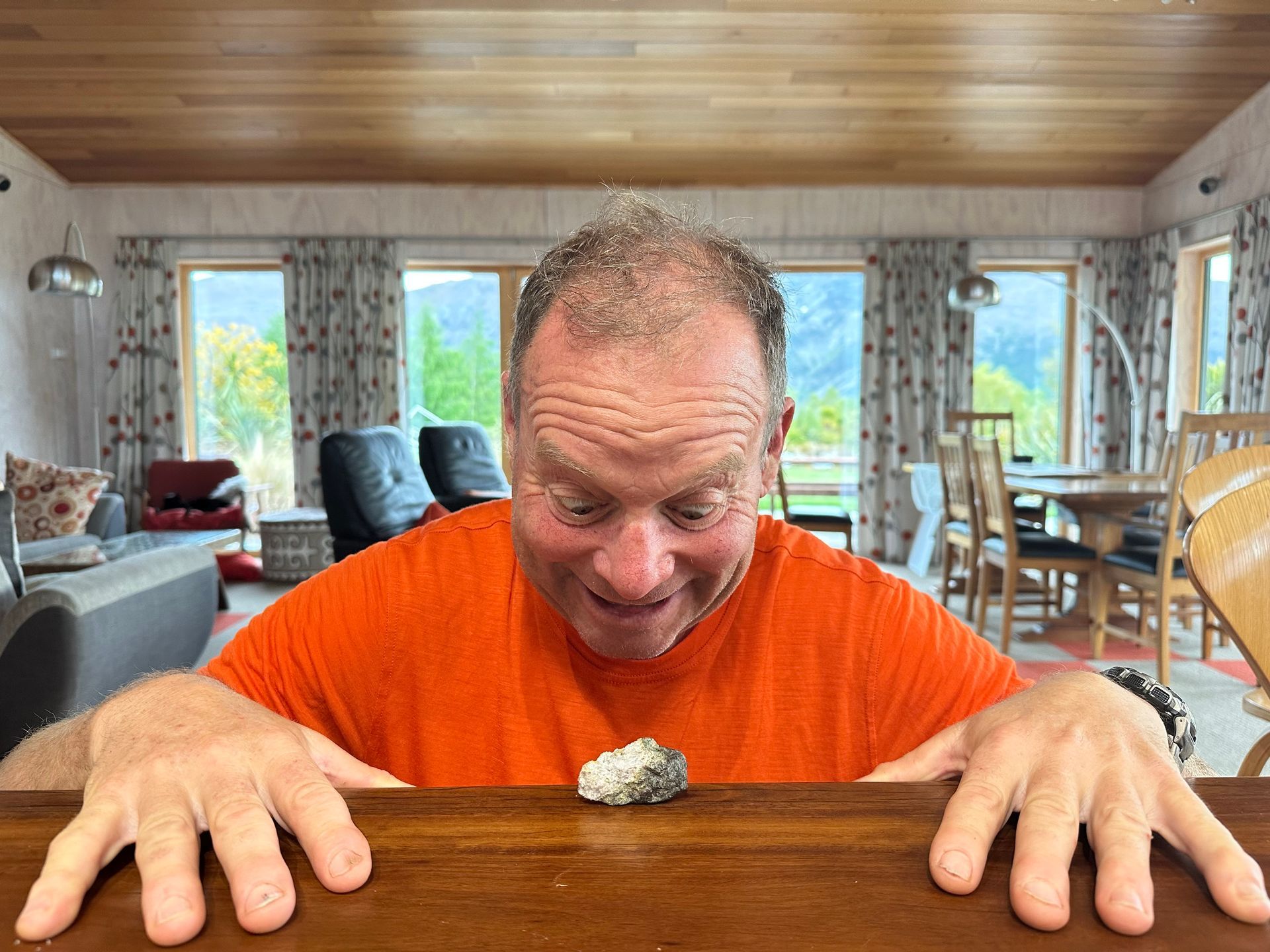Circles or spirals?

I am feeling like we have headed back around a loop, with the return to Level 3 Alert in Auckland and Level 2 Alert across the country. We have seen in other countries how the reinstitution of lockdowns initiates the same sorts of behaviours as the first time they happened…buying up of toilet paper, general hoarding of food supplies, rushing to another preferable location despite this being the last thing that the country needs in regard to spread of disease. It makes one wonder whether anyone learns anything new, or whether we are doomed to live the same experiences repeatedly. In the face of a virus that is certainly going to recur, the prospect of living the same experiences over and over is distinctly depressing.
I might be overestimating the circularity of behaviours, though. Some people are still buying up every roll of toilet paper they spot, but it might be that fewer people are buying toilet paper and some have learned from the previous experience. We are all gradually learning to live our lives in slightly different ways, which alter each time we go around a loop, maybe only a small amount, but adding up to substantial shifts over time, hopefully forming a spiral rather than a circle.
There is circularity in the questions that are being asked as we move up the lockdown levels again. Is lockdown worth the pain, whether economic or social pain? Way back near the beginning (as in the start of New Zealand’s Level 4 lockdown) I remarked on the ‘wickedness ‘ of the COVID-19 pandemic. No single solution is sufficient or all-encompassing and we are facing interlinked ethical dilemmas around when and why we might sacrifice some people to the virus in the interests of sustaining the economy, and in the interests of sustaining the majority of social interactions.
The basic answer of, if we don’t have people, we don’t have an economy, only goes so far. If we have some people we have an economy (we don’t have to have all the pre-existing people), although if we have people who are significantly impaired long term as a result of being sick with COVID-19, we also have a long term drag on the economy (so far I am not completely convinced either way on this one because there isn’t enough data visible to reach a conclusion). There is also the consideration that a choice to deliberately sacrifice people to COVID-19 for a putative gain will shape our culture into the future. We make such health decisions all the time, but rarely in such a visible and conscious way.
Then there is the hysteria over our economy being ‘damaged’, possibly ‘irreparably’. If the economy is the sum of interactions between people this would mean that interactions between people may be damaged irreparably. Such a supposition could well be true. However, whether we have lockdowns, or not, the reluctance of people to engage with others who might infect them has already been seen to have a dampening effect on every economy and many human interactions. We also still appear to be in circular mode on the economy question, with the loss of GDP being highlighted as the ultimate bad. There is still no recognition that a reduced GDP could actually be a good thing because it means less annual damage to the environment that sustains us and people getting off their hamster treadmills to enjoy the life that is available to them.
Other questions that we asked early on, and are asking again, are, can we test to find out if people have COVID-19 or have had COVID-19 ? Testing for whether someone has COVID-19 (testing swabs for the presence of the COVID-19 genome) has been much improved; it is now possible to map the COVID-19 genome family tree which tells us a lot about how infections are spreading – has someone been infected by a known infectious person or is this a new infection for which we don’t know the source? At present we can be hopeful about successfully managing the current Auckland infections because they appear to all be from a single source. New Zealand is relatively on top of testing for infection, except if it is testing people who staff the border where we forget that it is important that these people be tested.
Antibody testing tells us whether people have had COVID-19, from 2-3 weeks after they were infected. Antibody testing is therefore not useful in directly controlling infection but is useful for knowing how much of a population has been infected. Antibodies might denote that people have some degree of immunity to COVID-19, but we still don’t know how much – to find out how long immunity lasts requires more time than has yet passed in this pandemic. Antibody testing can be done in minutes, rather than a day or two for infection testing, and cheap, but it still has a significant lack of accuracy which impedes its use and this hasn’t changed since I last looked at the tests.
The next question on everyone’s minds is how are vaccines are coming along and will they save us…I am going to save that topic for my next post.
I will, however, do a brief check in with Sweden. Sweden is another topic doing the circles in terms of whether their approach to COVID-19 is preferable (we all now know that the Australian approach isn’t particularly advantageous). I think when you face a lockdown, any alternative to a lockdown can look good. I considered at Sweden relatively early on and more recently. Sweden took the approach to COVID-19 of hoping to achieve herd immunity through exposing people to the virus but reducing the rate of exposure through reducing social interactions, but not at lockdown level. Sweden has one of the highest death rates in the world per million people, with the majority of people who have died were in care homes. New Zealand can’t boast on this front – the majority of the people who have died here have been in care homes. However, we have only had a total of 22 deaths, while Sweden (with twice our population) has had 5700. On the other hand, Sweden now has a seven day average of just over 200 cases per day, lower than Victoria, Australia, and only 1 death per day. They haven’t had a ‘second wave’ yet, only a ‘1st wave’ (their reporting is obviously not on a daily basis making the graph below somewhat hard to read). The Swedish economy shrank 8.6% between April and June, less than the European Union average of 11.9%, but not much better than Denmark who used a lockdown.

To me the figures are equivocal, some figures suggest that Sweden has done ‘better’, some suggest ‘worse’. The current low rates of infection could be because it is mid summer, everyone is socialising outside and going to their secluded summer homes. These rates could rise when everyone moves inside in winter. We always need to remember that this is a long term experiment and its apparent results vary with time (watching COVID-19 performance of a country day by day is about as destructive as weighing yourself on a daily basis).
To me it appears that the greatest benefit of the Swedish strategy is consistency. The Swedes have taken an ongoing approach of reducing social interactions which has changed little through the months of the pandemic, so everyone knows how to behave and that the requirements for behaviours and businesses aren’t going to change. There is no waiting to see if the government will lock you down, or change the degree to which you are locked down at 12 hours notice. There is no sudden requirement for businesses to shut or change their mode of operation. The value of such predictability cannot be underestimated and it is something a lot of New Zealanders would value right now. Our goal of elimination and 3 months of relative freedom come with the price of lack of predictability of our situation, if our main tool to deal with a rise in cases remains a lockdown.
In conclusion, are we moving in circles or spirals? Will we willingly go back into lockdowns time after time? Or will we reach a point where the majority no longer say “we have done it before so we can do it again”, shifting to “we have done it before so we don’t want to do it again”? I think we can already see a shift, we will all wait and see whether the resistance to lockdowns rises markedly before the need for lockdowns ends or a new mechanism for controlling outbreaks is developed. Roll on the spiral.






